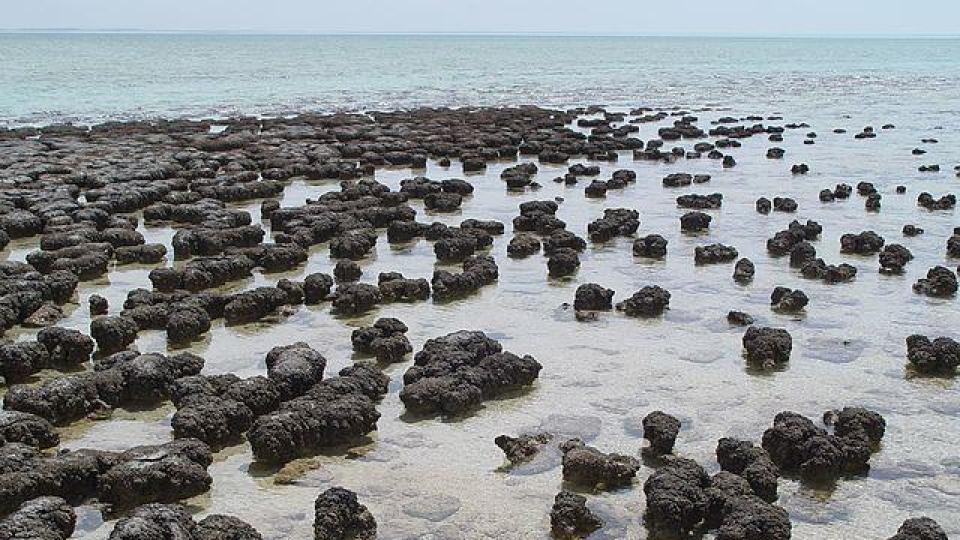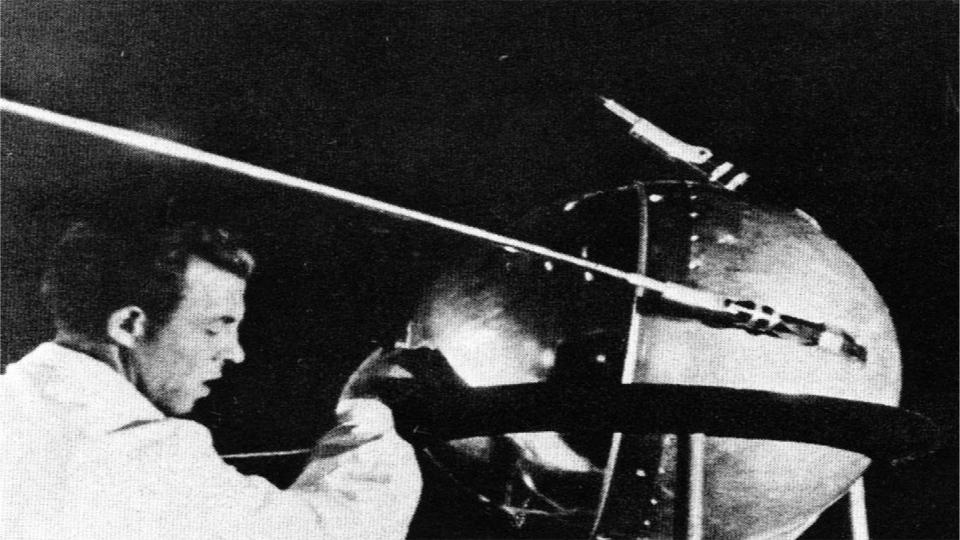The #DailySpace brings you the universe at 10am PST / 1pm EST / 5pm GMT on twitch.tv/CosmoQuestX. Happy Friday everyone! Today, we are able to confirm life on Earth was around at least 3.5 billion years ago thanks to fossils in ancient Stromatolites. We also have an update on the stuck Mars Insight thermometer, and news from Ryugu, where Hayabusa 2 has dropped its final rover, Minerva-II2.
Links
Early Life on Earth
- Confirmed. Fossils That Formed 3.5 billion Years Ago, Really are Fossils. The Oldest Evidence of Life Found So Far (Universe Today)
- Earliest signs of life: Scientists find microbial remains in ancient rocks (Press Release)
Mars Insight Thermometer Update
- NASA’s Push to Save the Mars InSight Lander’s Heat Probe (Press Release)
- Heat Probe info page (NASA JPL)
Hayabusa2 Updates
- Japan spacecraft releases rover to asteroid in last mission (Phys.org)
- Japan’s Hayabusa2 Probe Drops Its Last Rover on Asteroid Ryugu (Space.com)
Transcript

Earlier this week an amazing news item almost escaped our notice. If you’ve been keeping track of Earth’s developmental timeline, it’s time to take your pencilled in date for the earliest life and replace it with an entry made in pen. Since the 1980s, researchers have claimed that they found what appeared to be fossils in ancient stromatolite rocks. This week, in the journal Geology, a team led by Raphael Baumgartner has published a paper confirming these results, placing an age of 3.5 billion years on the existence of life on Earth.
In general, stromatolites are rocks observed to form from the secretion of lime or other calcium rich minerals from cyanobacteria. There are some researchers, however, that think it may be possible to also get stromatolites-looking rocks from non-biological processes. Put a different way, most stromatolites are nothing more the massive piles of bacterial poop, but some may just be weird limestone.
In the 1980s, geologists in Western Australia discovered there are truly ancient stromatolites that appear to have formed roughly 3.5 billion years ago. To all appearances, they were consistent with being the result of biological processes – the texture was write, and they looked how fossils should look. BUT… there is still the issue that some argue not all stromatolites are form by bacteria, and extraordinary results require extraordinary proof.
In this situation, only one kind of proof will do: organic material. For the past 4 decades, researchers have been looking for this material, and now they have found it. According to Baumgartner, “”The organic matter that we found preserved within pyrite of the stromatolites is exciting — we’re looking at exceptionally preserved coherent filaments and strands that are typically remains of microbial biofilms,”
The timing of the formation of these rocks is what caught my attention. 3.5 billion years ago Mars and Venus both had liquid water oceans, and if life could already exist here, it presumably also had the potential to exist there. I could speculate for days about this, but this is a news show, so I’m going to move from Earth to Mars.
———————

For those of you following along on the adventures of the Insight mission, while the seismograph has been performing nicely, the thermal probe got itself completely completely stuck. This device is designed to have an internal hammer batter it down through the martian soil to a depth of several meters, but… it only made it about 35 cm. It’s unclear why it initially got stuck, but the thinking is it may have hit a rock. At this point, it just won’t move, and every possible effort to get it to move have failed. It’s currently thought that a hollow has formed around the hammer, preventing it from being able use friction to hold itself in place when it draws back its hammer. The scoop on Insight’s arm was used to try and tap around the probe to get the dirt to collapse around the probe, but it turns out the crust is too rigid and nothing was willing to budge. So… for the next trick, they are going push on the side of the probe with the scoop and set it hammering and hope that the extra sideways force from the scope does the trick.
———————

(Image: © JAXA, Chiba Institute of Technology & collaborators)
And since it is Friday, I wanted to end this episode and this week with some happy news. Last night, the Japanese Hayabusa 2 probe deployed the Minerva-II2 rover to the surface of the Asteroid Ryugu. In this case, deployed means they dropped this hat-sized rover from 1km above Ryuga’s surface and let it fall at about 6 inches per second. As it slowly descends, Minerva is going to be measuring the gravitational field of the asteroid, testing out navigation technologies, and flitting about on the surface of the asteroid. Hayabusa 2 is tasked with collecting images of Minerva’s descent, and we are hoping to see these images on the Hyabusa2 twitter feed over the weekend.
———————

A lot of the news we present on this show comes to you from spacecraft, and it was 72 years ago today that Sputnik 1 became the world’s first satellite. Launched Oct 4, 1957, its batteries allowed it to operate for 3 weeks, and during that time it generated radio pulses that could be detected by ham radio operators the world over. It’s amazing that everything we’ve accomplished in space exploration has been accomplished in just 3 generations.
———————
Thank you all for listening. The Daily Space is produced by Susie Murph, and is a product of the Planetary Science Institute, a 501(c)3 non profit dedicated to exploring our Solar System and beyond. We are made possible through the generous contributions of people like you. If you would like to learn more, please check us out on patreon.com/cosmoquestx


 We record most shows live, on Twitch. Follow us today to get alerts when we go live.
We record most shows live, on Twitch. Follow us today to get alerts when we go live.